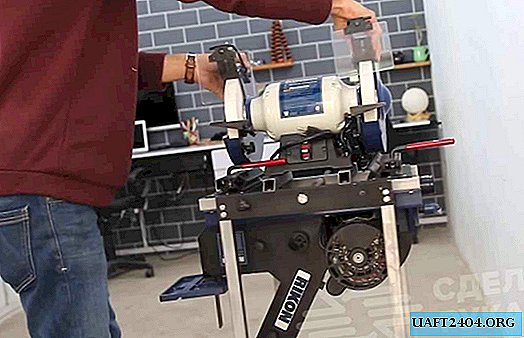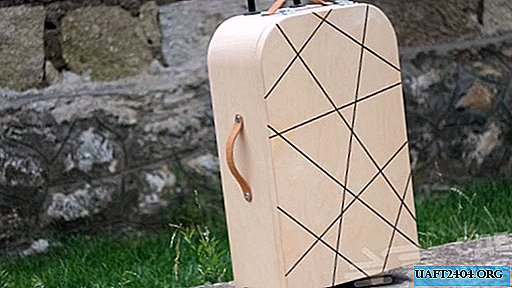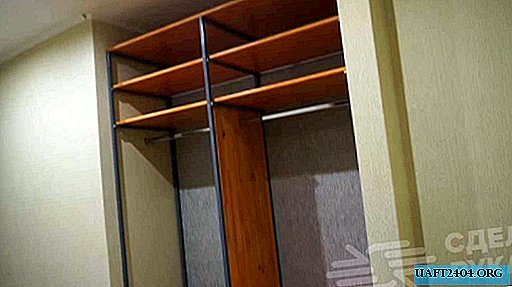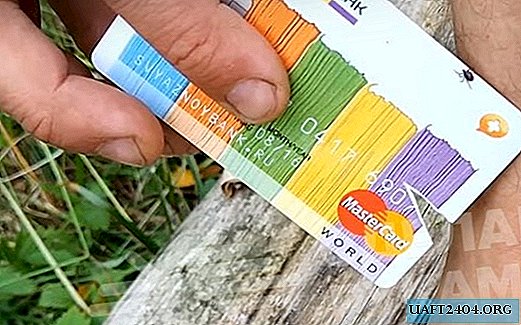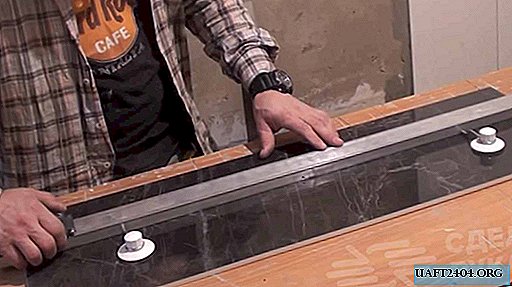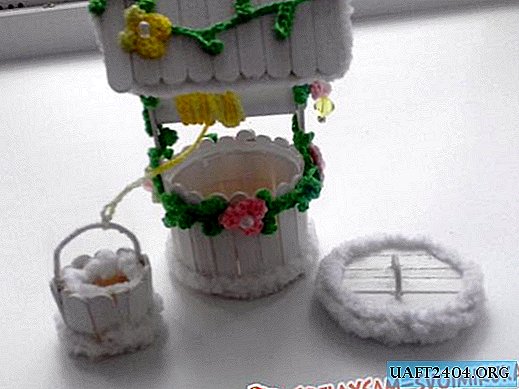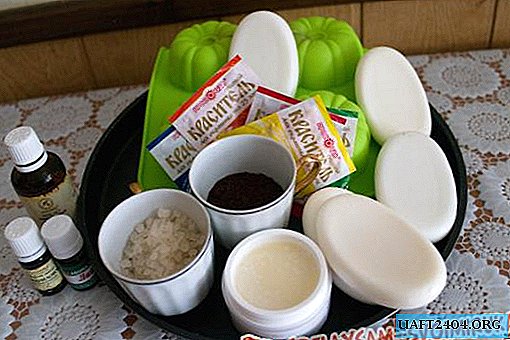Share
Pin
Tweet
Send
Share
Send
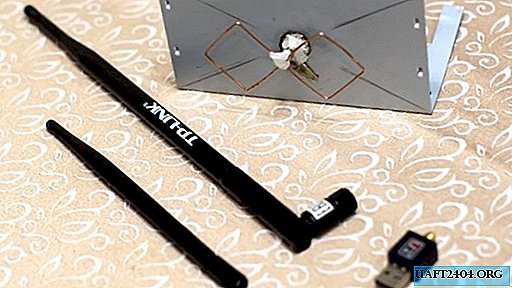
What do we need
- the adapter itself, on AliExpress there is a large selection of these devices under different brands, I used the Santana adapter;
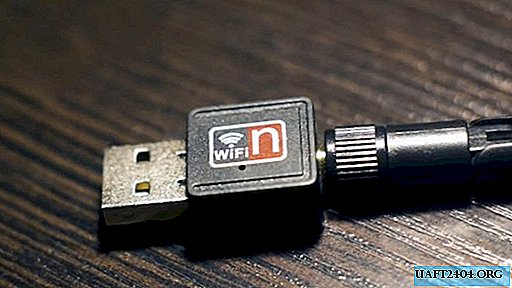
- a solid copper core from a wire with a cross section of 1.5 - 2.5 mm2, a length of about a meter is enough in stock;
- pliers, soldering iron, solder, flux, rosin, soldering acid or aspirin tablet;
- drill with a 4 mm drill;
- for the screen - a thin metal plate of approximately 15x15 cm, you can use a fine mesh or a piece of foil-coated getinax.
Making an antenna powerful WIFI antenna
To get started, I cut the plastic cover on the adapter antenna. There is a transverse strip on the antenna, it was along it that I made a cut along the entire perimeter.


After the cut is made up to the metal shielding sleeve inside the antenna, the shell is easily removed.


To make the reflector of the future antenna, I used the case of an old computer power supply.
It is made of thin steel sheet. In the center of the side wall of the housing, I drilled a hole with a diameter of 4 mm to the size of the antenna sleeve.


Dividing the U - shaped block body into two parts, breaking the thin plates with pliers, I got a design that can stand stably on the table while supporting the vertical orientation of the reflector screen.
I decided to attach the antenna sleeve to the screen by soldering, so we clean the surface around the hole on both sides from paint and tin.


Depending on the screen material used, use the appropriate flux. For example, rosin is enough for copper, a special flux or soldering acid is needed for steel. If nothing is available, you can take an aspirin tablet, it is also an acid. There is one more nuance.

The power of a small soldering iron may not be enough to warm the plate enough. In this case, you can take a more powerful soldering iron, or use a miniature gas burner. Well, in general, I hope that your soldering will turn out more beautiful than mine.
After the hole in the reflector is tinned, it is also necessary to irradiate the antenna sleeve in the place where it will be soldered to the screen. It should be noted right away that the end of the sleeve from which the central core exits should protrude beyond the screen plane by no more than 10 - 12 mm. So, solder the sleeve.

By the way, it is not necessary to solder it from both sides of the screen, you can solder only from its outside so as not to overheat the plastic base of the antenna. High-quality soldering will ensure flawless electrical contact and mechanical bond strength. If this does not seem enough, then you can then strengthen the connection from the inside with good glue.

Now we begin to manufacture the antenna sheet itself from copper wire. We start with the formation of the legs, with which the antenna will be soldered to the reflector.

The leg length is 16 mm, this distance will be between the antenna and the screen. All dimensions are carefully measured with a ruler. In the places of marking, gently bend the wire 90 degrees. A geometric figure in the form of two squares with sides of 30.5 mm should be formed from the wire. Manufacturing ends with the second leg also 16 mm long, which will be located close to the first.

Both legs are soldered to the antenna sleeve and to the screen. The central wire must be soldered to the frame on the opposite side. We check the parallelism of the antenna plane and the reflector plane and the distance between them is 16 mm.


The threaded connector for the antenna is standard, I tried its work with different adapters.

Result
For comparative testing, I used three antennas - 2 dB, 5 dB and made by myself. The test result showed the absolute advantage of my antenna over the factory models, both in terms of data reception speed and transmission speed.



(Click to enlarge)
The distance to the receiving facility was considerable.


Comment
If you use not a solid plate for the manufacture of the reflector, but a grid or lattice structure, the quality of the antenna will not deteriorate, and the windage will greatly decrease if it is installed outdoors.
Share
Pin
Tweet
Send
Share
Send


